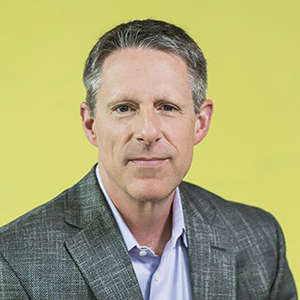Business schools teach about business model innovation to make more money. Engineering schools teach about technical innovation to make a better product. Very few institutions teach impact innovation.
Finally, we’ve reached a point where impact leaders can come together to foster a culture of impact innovation.
For a long time, it was thought that separating the money-making tasks from the doing good tasks was a good idea, but this has been proven wrong. The combination of the two is precisely where today’s opportunities lie and will be the inspiration for the world’s next wave of business innovation.
So, how does an established company pivot to embrace these new opportunities? For many companies, this can be a tough thing to do. Gary Pisano’s book Creative Construction: The DNA of Sustained Innovation offers some solutions. He argues that every company wants to grow, and the most proven way is through innovation. He begins with the simple reality that bigger companies are different. Demanding that they “be like Uber” is no more realistic than commanding your dog to speak French.
Bigger companies are complex. They need to sustain revenue streams from existing businesses and deal with Wall Street’s demands. These organizations require different management practices and approaches — a discipline focused on the strategies, systems, and culture for taking their companies to the next level. Big can be beautiful, but it requires creative construction by leaders to avoid the creative destruction that is all-too-often the fate of too many.
One strategy is to seek out a “revolutionary” group within your organization — people you identify as having a better direction or some crazy ideas — and protect them. Separate them from the main organization and create a think tank overseen by senior management. Don’t let this group become pulled back to convention by the rest of the organization. The best creative constructors think as much about their organization’s innovativeness as they do about what innovations they implement. As we move into an impact economy, this approach can help unlock the necessary thinking and skills needed to reimagine the companies and customers of the future. As Pisano says, “Whether we rise to society’s great challenges through transformative, life-changing innovation depends on us, and only us. The need for creative constructor leaders has never been greater.”
Business leaders should not simply stick the sustainability label onto their businesses but instead embark on a conscious process of creating a framework in which innovation can thrive. A real leader should also tap into the energy source of younger generations and unleash it. Importantly, this needs to be a planned strategy and not approached in a naive, free-for-all manner.
Ultimately, impact leaders should be tuned in to the world around them in an intimate way, seeking seemingly unrelated issues that may offer a single solution. Take Dr. Jane Goodall as an example. She recognized the relationship between human poverty and effective wildlife preservation at an early stage. If people remained hungry, endangered animals would always be at risk — whether from illegal trading or as food. Impact leaders tie together social impact, cause, and business to create companies with which everyone wants to do business.




































